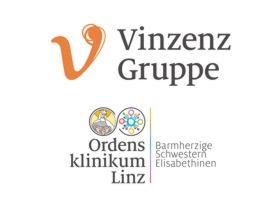Forceps biopsy and brush cytology during endoscopic retrograde cholangiopancreatography for the diagnosis of biliary stenoses.Tools Schoefl, R und Haefner, M und Wrba, F und Pfeffel, F und Stain, C und Poetzi, R und Gangl, A (1997) Forceps biopsy and brush cytology during endoscopic retrograde cholangiopancreatography for the diagnosis of biliary stenoses. Scandinavian journal of gastroenterology, 32 (4). pp. 363-8. ISSN 0036-5521 Für diesen Eintrag wurde kein Volltext-Dokument angefügt.KurzfassungBACKGROUND
For evaluating pancreaticobiliary stenoses during endoscopic retrograde cholangiopancreatography (ERCP) tissue sampling techniques may be important. Brush cytology and forceps biopsy during ERCP are two potential, but so far only incompletely evaluated, tools for the diagnosis of malignant biliary or pancreatic stenoses.
METHODS
Between 1992 and 1995 we acquired 133 cytologic and/or histologic samples from 119 patients who underwent ERCP because of biliary duct stenoses. Sixteen patients had to be excluded from the study due to insufficient follow-up information. After papillotomy, brush cytology was performed in 65 cases (63 patients), and forceps biopsy in 119 cases (106 patients under fluoroscopic guidance. Both methods were applied in combination 51 times (48 patients). The nature of the stenoses was confirmed by surgery, autopsy, or by the subsequent clinical course.
RESULTS
The sensitivity was 46.7% for brush cytology and 64.9% for forceps biopsy. The combined application of both methods resulted in superior sensitivity (70.4%). Specificity was 100% for all methods.
CONCLUSIONS
These numbers lead us to recommend a combined and more frequent application of brush cytology and forceps biopsy of bile duct stenoses to enhance the diagnostic yield whenever substantial influence on therapy can be expected.
|
||||||||||||||
|
|
|
|


 Tools
Tools Tools
Tools